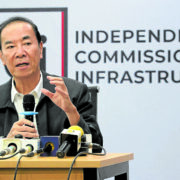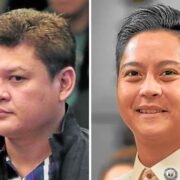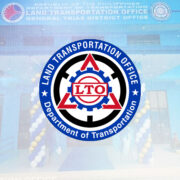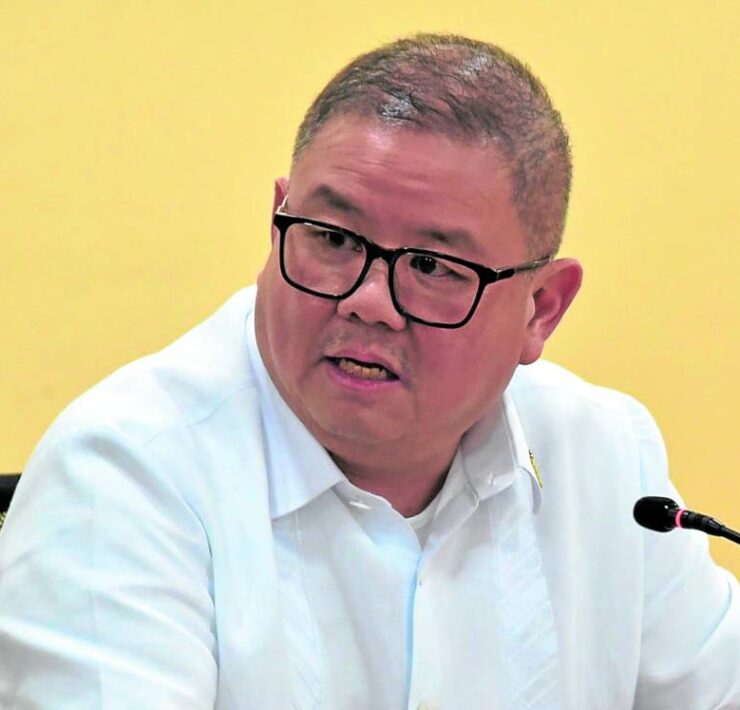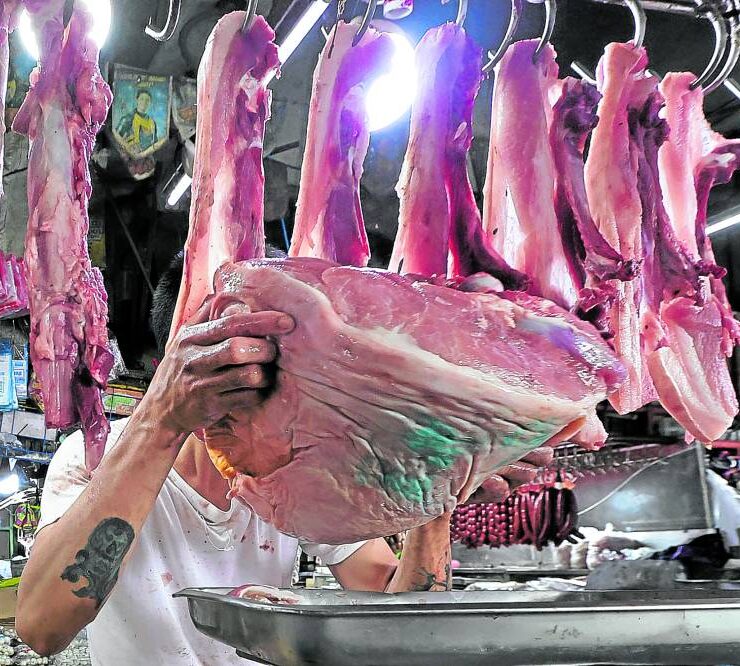A quick gov’t response to agriculture’s needs
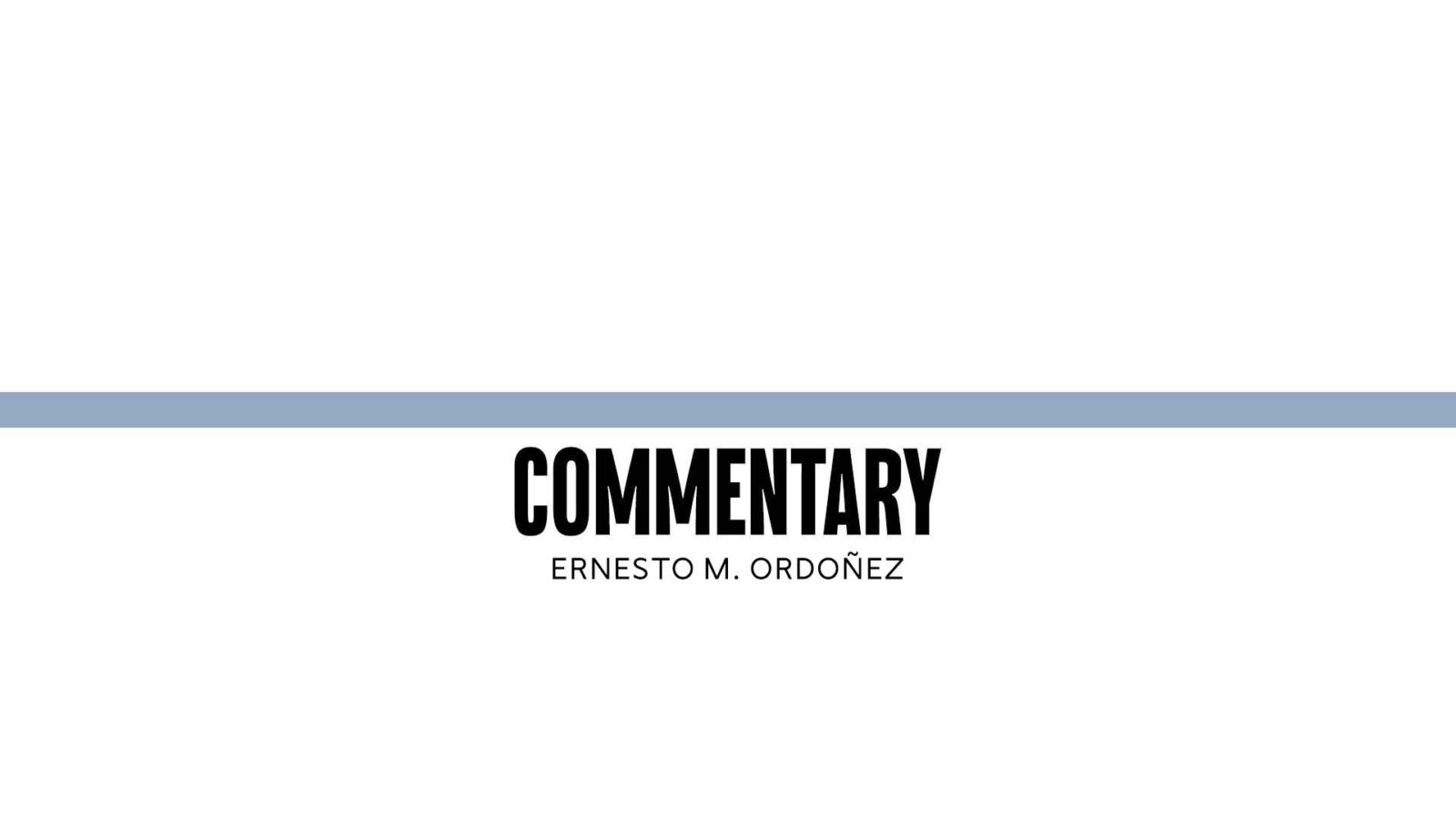
The industry commodity boards recently organized under the Department of Agriculture (DA) have proven to be an innovative way of getting a quick and effective response from the government.
They’re supposed to accomplish tasks in less than one month. Meanwhile, Agriculture Secretary Francisco Tiu Laurel Jr. himself signs the directives derived from the meetings of the various boards.
The creation of these boards is in complete alignment with President Marcos’ call last June 16 for effective government action to address our problems. Such system can now be replicated and modified by other government agencies.
Last March 28, a DA order stated: “The Industry Commodity Board shall serve as a platform to gather issues and challenges of major industry stakeholders, with corresponding ways forward to address them for endorsement to the Secretary of the Department of Agriculture.”
Special Assistant to the Secretary for Export Development Philip Young was designated as the chair of these boards. He will be assisted by the public-private Philippine Council of Agriculture and Fisheries (PCAF).
The chair will “consolidate all concerns and issues raised during the meeting and identify which DA agency is responsible to address the same. A report will be made and submitted to the Office of the Secretary.”
All this sounds good. But what makes this exceptional are the board’s implementation details.
Three features
First, there are 41 industry commodity boards in total. Each represents an agriculture subsector.
Since the groups meet monthly, the Secretary therefore gets a timely report on the status and key concerns of each subsector.
For the livestock sector alone, there are seven boards: small ruminants, large ruminants, swine, poultry, rabbits, eggs and bees. For seafood, there are five boards: tilapia, milkfish, tuna, shrimps and sardines.
Second, there is a wide and meaningful representation for each board: two members are from the DA; one each from an agribusiness association, a farmers’ association, a manufacturer/processor, and an exporter; and four from large, medium and small farmer groups/stakeholders.
Third—and most important—feature of this new system is that the way by which they operate is unique and innovative. This helps ensure quick and effective responses.
For example, on a monthly basis, five priority actions are identified by each board. Actions are then categorized so that the responsible DA unit is immediately notified. Those that need urgent action from the Secretary himself are given special attention.
The Secretary then states in writing whether an action merits a “yes” or a “no.” For those in the “yes” column, the Secretary himself signs his approval and adds a special stamp mark to emphasize this. This directive with the Secretary’s signature and special stamp mark motivates each agency to move quickly.
Strictly monitored
Each action is strictly monitored. There are five priority actions submitted by each board. As one is accomplished, the board replaces it with another. This means a running total of five actions recommended by each board every month.
As an elected private sector committee chair of the PCAF, I have personally seen the effectiveness of this system.
A main benefit is that the Secretary gets a detailed and timely view of the concerns of the many agriculture subsectors. The outcome, especially because of the Secretary’s signature and his direct instructions to the appropriate agencies, is a speedy and effective response to the private sector’s concerns.
One-third of my professional life has been in government: at the DA, the Department of Trade and Industry, and the Office of the President. The industry commodity board system, with the unique features Tiu Laurel has included, can be replicated and modified by different government agencies.
This kind of system answers President Marcos’ emphasis on speedy and meaningful government action. Not only will this system bring the government closer to the people, it will also enable the government to better serve our people.
The author is Agriwatch chair, former secretary of presidential flagship programs and projects, and former undersecretary of the Department of Agriculture and the Department of Trade and Industry. Contact is agriwatch_phil@yahoo.com.




